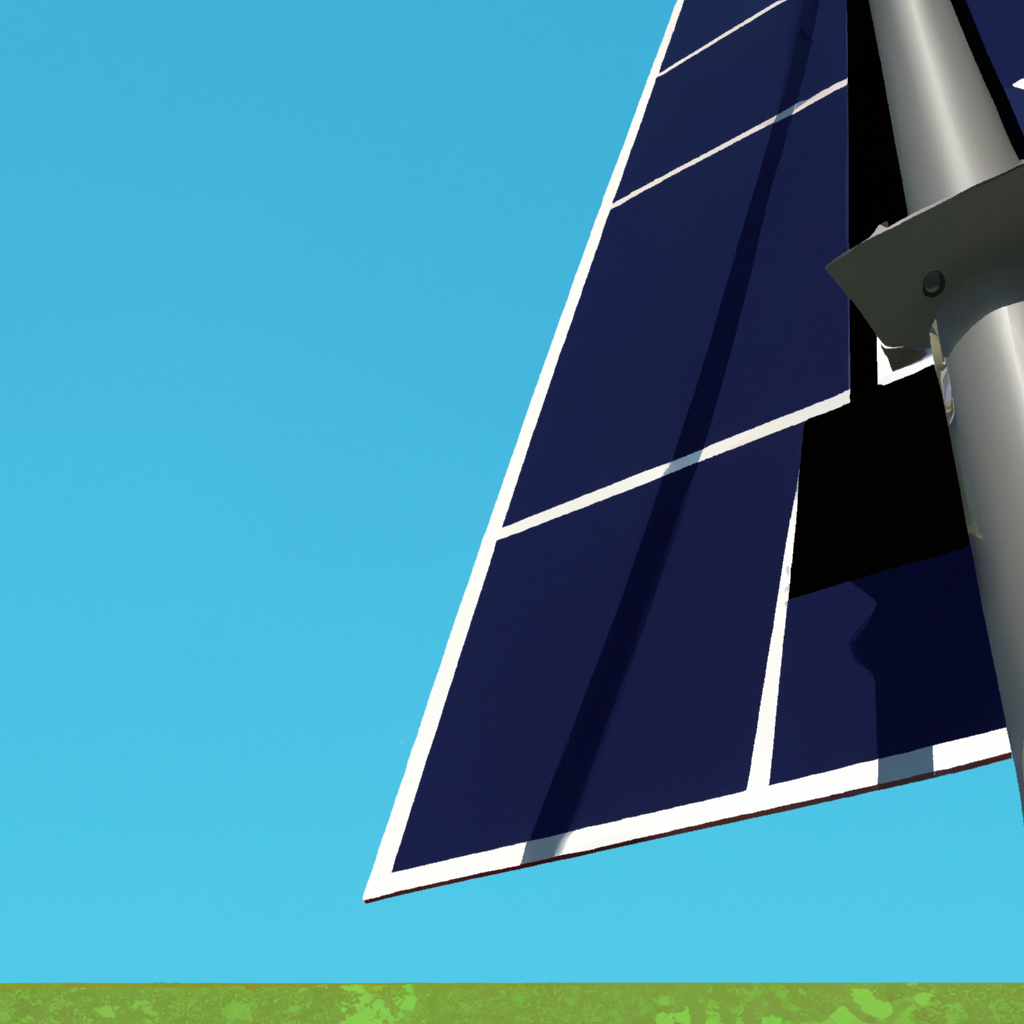Solar energy is one of the most popular renewable energy sources used around the world. It is clean, sustainable, and abundant. One of the ways people harness solar energy is through the use of solar panels. These panels are installed on rooftops, fields and other open spaces, and they generate electricity by converting solar energy into electrical energy. In this article, we will explore how solar panels generate electricity and delve into the technology behind it.
What are solar panels?
Solar panels are devices that convert solar energy into electrical energy. They are made up of photovoltaic cells, which are also known as solar cells. These cells are made up of semiconductor materials such as silicon, and they absorb photons from the sun’s rays. The photons excite the electrons in the semiconductor material, causing them to move and generate electricity.
How do solar panels generate electricity?
The process of generating electricity from solar panels can be broken down into a few steps.
Step 1: Absorption of sunlight
When sunlight falls on the solar panel, it is absorbed by the photovoltaic cells. The cells are designed in such a way that they can absorb the maximum amount of sunlight possible. The more sunlight that is absorbed, the more electricity is generated.
Step 2: Creation of an electric field
When the photons from the sun’s rays hit the photovoltaic cells, they knock the electrons in the cells out of their orbits. This causes the electrons to move around and create an electric current. The photovoltaic cells are designed in such a way that they create an electric field that pushes the electrons in one direction, causing them to flow in a circuit.
Step 3: Conversion of DC to AC
The electricity generated by the solar panels is in the form of direct current (DC). However, most appliances in our homes and offices run on alternating current (AC). Therefore, the DC electricity generated by the solar panels needs to be converted into AC electricity using an inverter.
Step 4: Utilization of electricity
Once the DC electricity is converted into AC electricity, it can be used to power homes, offices, and other appliances. The electricity generated can also be stored in batteries for later use when the sun is not shining.
Advantages of solar technology
The use of solar technology has many advantages, including:
Clean energy: Solar energy is clean and does not produce any harmful emissions, making it better for the environment than fossil fuels.
Renewable energy: Sunlight is an abundant and renewable energy source that will never run out.
Sustainable power: Solar power systems can last for many years, and the maintenance costs are low.
Energy production: Solar panels can produce electricity in remote areas where there is no access to the grid, making it a great option for off-grid electricity production.
Conclusion
In summary, solar panels generate electricity by absorbing sunlight, creating an electric field, converting DC to AC, and utilizing the electricity. The use of solar technology has many advantages, including being clean, renewable, sustainable, and cost-effective. With the increasing demand for clean energy, solar power systems have become more accessible and affordable, making them an excellent choice for anyone looking to reduce their carbon footprint and save money on energy bills.







